Louis Daniel Armstrong was an American trumpeter, composer, singer and occasional actor who was one of the most influential figures in jazz. His career spanned five decades, from the 1920s to the 1960s, and different eras in the history of jazz. Take a look below for 30 more fun and interesting facts about Louis Armstrong.
1. In 2017, he was inducted into the Rhythm & Blues Hall of Fame.
2. Armstrong was born and raised in New Orleans.
3. Coming to prominence in the 1920s as an “inventive” trumped and cornet player, Armstrong was a foundational influence in jazz, shifting the focus of the music from collective improvisation to solo performance.
4. Around 1922, he followed his mentor, Joe “King” Oliver, to Chicago to play in the Creole Jazz Band.
5. In Chicago, he networked with other jazz musicians, reconnecting with his friend, Bix Biederbecke, and made new contacts, which included Hoagy Carmichael and Lil Hardin.
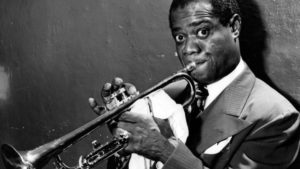
6. He earned a reputation at “cutting contests”, and moved to New York in order to join Fletcher Henderson’s band.
7. With his instantly recognizable gravelly voice, Armstrong was also an influential singer, demonstrating great dexterity as an improviser, bending the lyrics and melody of a song for expressive purposes.
8. He was very skilled at scat singing.
9. Armstrong is renowned for his charismatic stage presence and voice almost as much as for his trumpet playing.
10. Armstrong’s influence extends well beyond jazz, and by the end of his career in the 1960s, he was widely regarded as a profound influence on popular music in general.
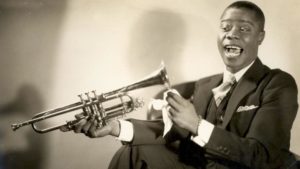
11. He was one of the first truly popular African-American entertainers to “cross over,” whose skin color was secondary to his music in an America that was extremely racially divided at the time.
12. He rarely publicly politicized his race, often to the dismay of fellow African-Americans, but took a well publicized stand for desegregation in the Little Rock crisis.
13. His artistry and personality allowed him access to the upper echelons of American society, which was then highly restricted for black men.
14. He was born into a poor family, and his grandparents had been slaves in the 1800s.
15. His father was William Armstrong, and his mother was Mary Albert. When Louis was only an infant, his father abandoned the family.
16. From 1903 until 1906, he and his younger sister were in the care of his grandmother and uncle, until he was five years old. His mother and her family then took the children back.
17. When he was 11 years old, he dropped out of school and joined a boy’s quarter..
18. Armstrong spent time at the New Orleans Home for Colored Waifs because of his delinquent behavior as a youth.
19. While at the New Orleans Home for Colored Waifs, he developed his cornet playing skills. He learned discipline and was given musical training. He played in the band and eventually was made the band leader.
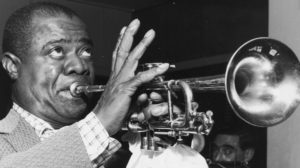
20. Armstrong’s first dance hall job was at Henry Ponce’s and, while there, Black Benny became his mentor.
21. Armstrong played in brass band parades and on riverboats while in his teens.
22. In 1918, Armstrong married Daisy Parker and adopted three year old Clarence.
23. Armstrong and Parker’s marriage didn’t last and soon after their divorce, she died.
24. In 1924, Armstrong married Lillian Harden, who was a pianist.
25. Armstrong accepted a job from the most famous African-American band at the time, which was the Fletcher Henderson Orchestra located in New York.
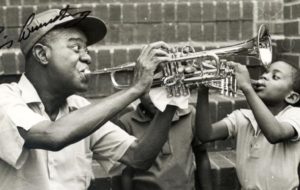
26. In the 1920s, Armstrong’s recordings of the songs “Hot Seven” and “Hot Five” forever changed jazz music. He was a soloist and jazz had always been a group genre of music.
27. In 1931, he separated from Harden. That same year, he recorded “When It’s Sleepytime Down South,” which would become his theme song.
28. In 1938, Armstrong married Alpha, but that marriage didn’t last either.
29. In 1942, Armstrong married Lucille Wilson, a Cotton Club dancer. They bought a home in Corona, New York and lived there for the rest of their lives.
30. Armstrong loved to perform so much that in some years, he performed up to 300 concerts in a year.

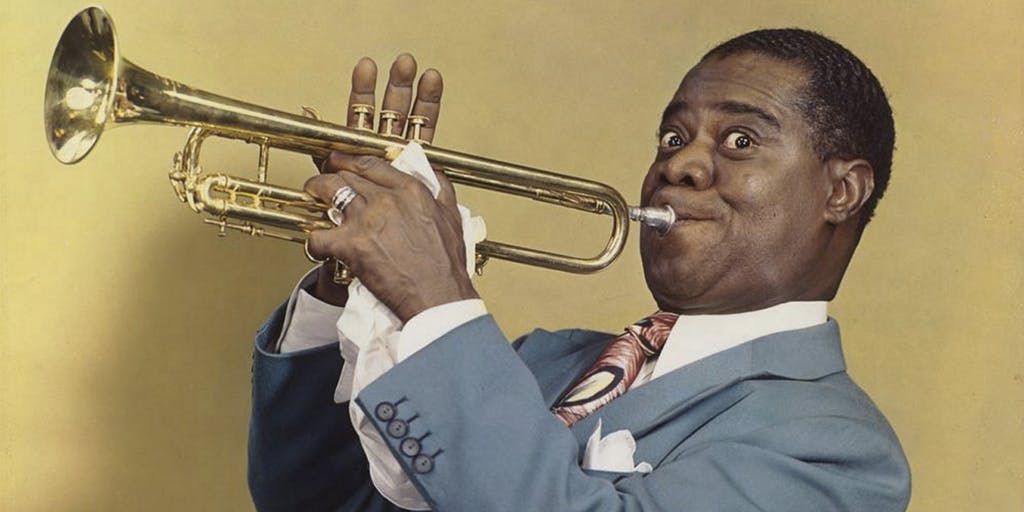

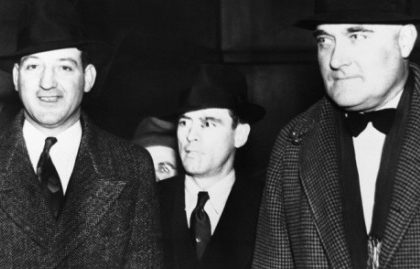
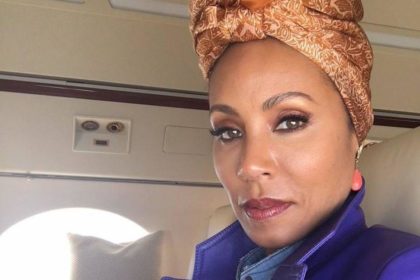
One Comment
Pingback:
July 16, 2018 at 12:55 pm